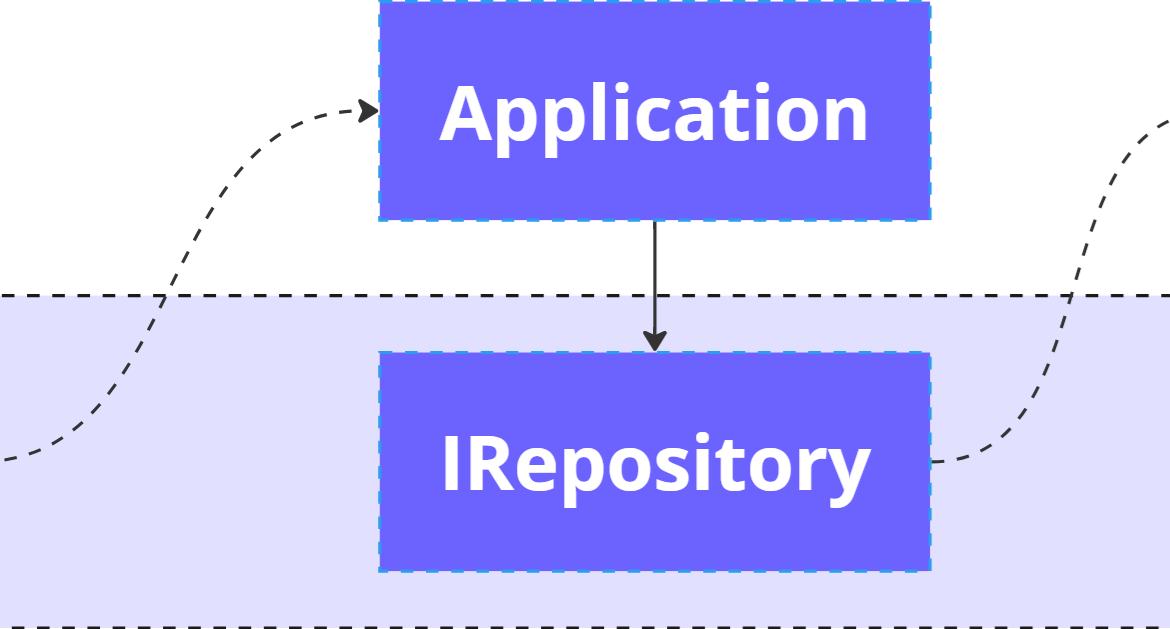ASP.NET Project Structure Using a structured approach in any project is important because it helps maintain quality, consistency, and efficiency. In the software development world, there are different design patterns that can provide this structure. Some common examples are three-tier architecture, the repository pattern, and clean architecture. Choosing the right design pattern depends on the size and needs of the project. By picking the right one, teams can make the process smoother, reduce complications, and improve the overall outcome. ASP.NET Project Structure
Contents
What is Three-Tier Architecture?
A software design pattern that separates an application into three layers, each layer has a specific role to perform. The three layers;
Presentation Layer:
– This is the top layer where users interact with the application. It’s the user interface (UI) of the software, such as websites, mobile apps, or desktop applications. It displays data to the user and collects input.
Business Logic Layer:
– The middle layer is where the application’s core functions are handled. It processes user inputs, performs calculations, and makes decisions based on the rules of the system. This layer manages the flow of data between the presentation layer and the database.
Data Layer:
– The bottom layer is where the database is connected, and data is stored and retrieved.
By separating the application into these layers, it’s easier to update or modify one part without affecting the others. This structure improves scalability, security, and organization in software development.
Example Project Structure

An example ASP.NET Core project created with three-tier architecture.
| Name | Type |
| DesignPattern.Presentation | ASP.NET Core Web API |
| DesignPattern.Context | Class Library C# |
| DesignPattern.Application | Class Library C# |
| DesignPattern.Repository | Class Library C# |

We have added an extra layer, or domain, called “Context.” This layer holds all the module’s entities, structures, models, constants, and more.
This project solution contains a student controller (Presentation layer), Student Service (Business logic layer) and Student Repository (Data layer).
Project Relationship

To improve maintenance, we are using a technique called dependency injection. This technique separates each layer of the code, which helps enhance overall code quality.
Code Analysis
Let review all interfaces and implementations one by one.

Context
IStudentService

IStudentRepository

StudentController

Student Service Implementation

Student Repository Implementation

Conclusion
Selecting the appropriate architecture based on project requirements is essential in software development. A well-defined project structure not only facilitates easier maintenance and scalability but also enhances collaboration among team members. By adopting a structured approach, developers can ensure that each layer of the application operates independently while still communicating effectively with one another.
Moreover, implementing design patterns like three-tier architecture promotes best practices in coding, such as separation of concerns and dependency injection. This leads to cleaner, more manageable codebases that are easier to test and debug. As projects evolve, having a solid architectural foundation allows for smoother integration of new features and technologies without the risk of disrupting existing functionality.
In summary, investing time in planning and establishing a robust architecture at the project’s outset pays dividends in the long run. It not only improves the quality of the software but also contributes to a more efficient development process, ultimately resulting in better outcomes for both developers and end-users. Embracing these principles will lead to successful project delivery and foster a culture of excellence within development teams. Happy coding!





